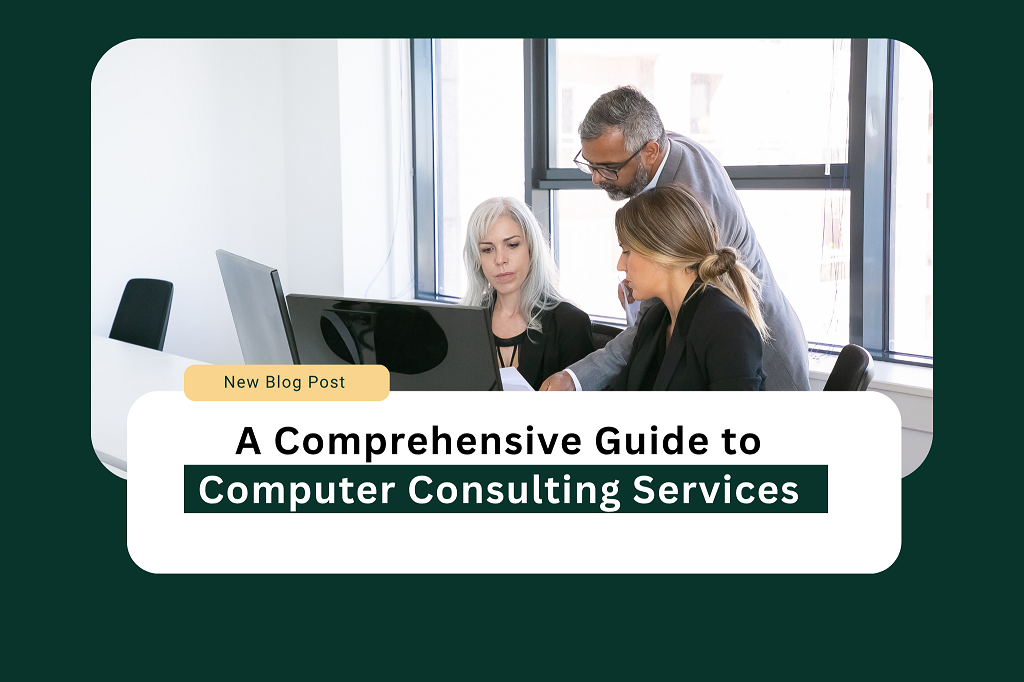Introduction
According to Grand View Research, the corporate training market is expected to reach $487.3 billion by 2030, which means that the seminar industry continues to grow steadily in contemporary business operations. Seminar business launches are seen by entrepreneurs as an attractive business option because they understand the importance of ongoing education for professional growth. This comprehensive business plan describes each step involved in creating and growing a profitable seminar business that complies with modern industry norms.
Market Analysis and Opportunity
he seminar industry experienced substantial transformations throughout recent years because hybrid learning models entered the market. Research conducted by the training industry reveals that learning development experts view virtual instruction as either equivalent to or superior to traditional in-person learning by 94%. The pandemic reaction has given seminar businesses an exceptional chance to establish hybrid digital and physical service delivery models. Since 2020, LinkedIn Learning has seen its company-wide learning programs grow by 130% even though the corporate training sector remained stable.
Business Model and Revenue Streams
A seminar business model succeeds when it implements multiple income streams to establish enduring expansion. Premium education content delivery remains the main priority for the organization through workshops and virtual seminars alongside hybrid educational programs. According to PCMA statistics, hybrid business events generated 23% extra revenue compared to basic single events. The company maintains improved market stability through approach diversification, which also leads to extended market reach.
Target Market Segmentation
The achievement of success in seminar business plan depends greatly on a thorough knowledge of the target audience. The market contains three distinct segments, which include corporate clients together with individual professionals and industry-specific groups. Employee-based organizational development investments increased by 32% since Statista analyzed the market in 2021. The plan focuses on developing tailored content for each segment, ensuring maximum engagement and value delivery.
Operational Framework
The operational structure manages venues together with content development and marketing approaches and technological systems. In addition to creating standardized content development, organizations need to invest resources in creating robust virtual platforms. Methods while setting quality control procedures. The operational model requires both lean resources and high-quality delivery performance. The system needs to grow with increasing demands and it must adjust to evolving market requirements.
Marketing and Brand Development
Successful market competition in the seminar industry requires businesses to develop powerful brand identities supported by effective marketing plans. The strategy comprises complete digital marketing efforts alongside content creation and suitable alliances. Marketing reports from HubSpot for 2024 show digital marketing strategies that use multiple channels strengthen business engagement by producing three times better results compared to single-channel marketing. The company will concentrate on establishing powerful digital visibility while upholding direct client relationships.
Financial Projections and Investment Requirements
The financial plan presents necessary starting investments together with anticipated income flows and expected investment returns. Operation details receive detailed cost evaluation together with pricing models and business expansion forecasts for predictions. The investment framework incorporates stationary costs such as platform development and equipment expenses together with adjustable costs including marketing expenses and speaker payment fees. The business should reach break-even within an estimated timeframe of 18 to 24 months if it successfully penetrates the market and executes well according to industry standards.
Risk Analysis and Mitigation Strategies
The achievement of long-term success requires both potential risk detection and strategic risk mitigation implementation. The business faces three primary risks that include market conditions alongside operational complications and competition from other providers. The plan includes elastic response systems together with backup plans that address different possible situations. The regular process of market evaluation and feedback capability enables continuous adaptations that lead to service improvements.
Conclusion
The current market offers substantial potential through seminar business operations. The business model demonstrates substantial growth potential when executed properly and market needs receive appropriate adaptation. Success in this industry requires a commitment to delivering value, staying current with market trends, and maintaining operational excellence.
We value your feedback! Please share your thoughts on this business plan in the comments below and help spread the knowledge by sharing this article on your social media networks. Your insights can help fellow entrepreneurs in their business journey.
FAQs
What level of startup capital does it take to launch a seminar business Plan?
The starting capital for a business establishment requires between $10,000 and $50,000 based on your selected business plan. Basic startup costs include promotional materials and digital equipment, together with website development expenses and first facility reservation fees. Starting with virtual seminars enables businesses to operate at a lower budget while they develop their operations before expanding.
What levels of qualification are necessary to start running a seminar business?
Expertise in the seminar topic you choose becomes essential for operating a seminar business, even though no particular qualifications are legally required. Public speaking abilities, along with industry certifications and relevant work experience, make valuable contributions to running a seminar business. A significant number of profitable seminar business owners possess either business management expertise or marketing experience.
How do I price my seminars?
Seminar pricing decisions require an evaluation of the seminar content value in addition to audience demographics, session duration, and delivery methods. The price range for corporate seminars spans from $500 to $2,000 per participant, and public seminars fall between $100 and $500 in price. Research competitor prices, then set your rates to match your professional standing in the market.
What approach should I use for seminar promotion?
The most successful marketing approach for seminars includes using LinkedIn advertisements and email campaigns along with networking activities and alliances with professional organizations and content distribution across social media platforms and blogs. Successful seminar participants refer others through word of mouth, which is a fundamental marketing tool.
What strategies can I use to maintain regular participant attendance?
High-quality content should be maintained alongside participant feedback collection for implementation of early-bird discount offers and email list development for potential prospects. Recurring attendance can be guaranteed through certification programs as well as series-based seminars.
Read More : https://theacechronicle.com/dream-farm-and-agriculture-business-plan/









